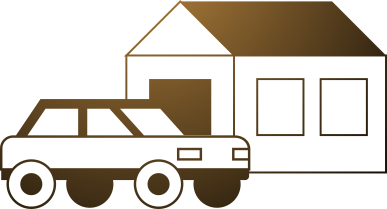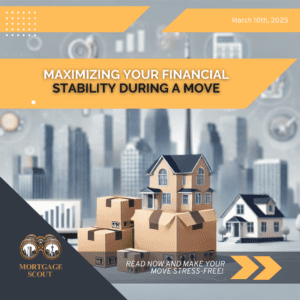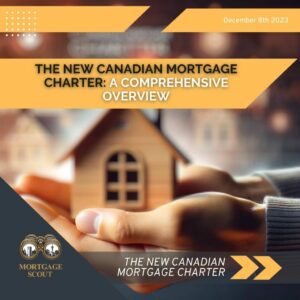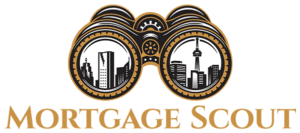Step 1 - Your Score
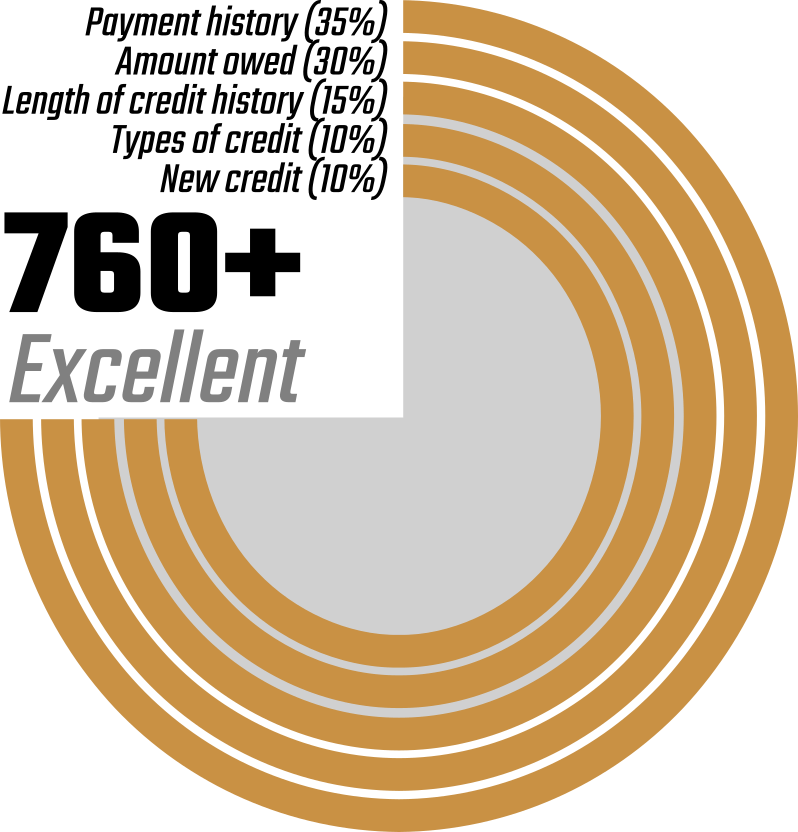
Whether you qualify for a mortgage through a bank, credit union or other financial institution, you should be aiming for a credit score of 680 for at least one borrower (or guarantor), especially if you are putting under 20% down. If you are able to make a larger down payment of 20% or more, then a score of 680 is not required.
If your credit score does not meet the minimum requirements, there are a number of things you can do to improve it and your future financial success, including:
- Paying your bills in full and on time. If you cannot afford the full amount, try paying at least the minimum required.
- Pay off your debts (such as loans, credit cards, lines of credit, etc.) as quickly as possible.
- Stay within the limit on your credit cards and try to keep your balances as low as possible.
- Reduce the number of credit card or loan applications you submit.
- Considering an Alternative Lender (or B Lender) if you are struggling with credit issues.
We can help review your credit score and provide you with options for your mortgage needs.
Step 2 - Your Budget
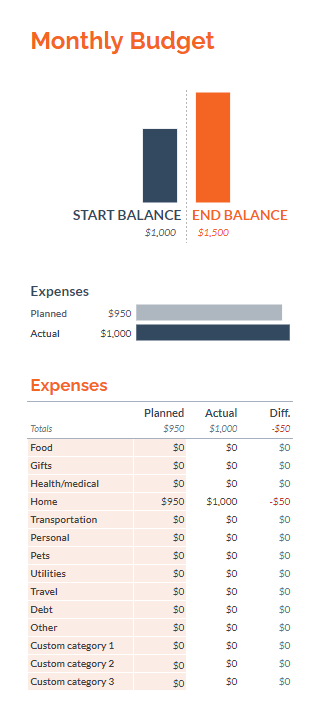
When considering your budget, it is important to look at the purchase price budget, as well as your cash flow budget. Being house rich and cash poor makes for a no-fun home! The home price based on your cash flow budget may be dramatically different from the budget home price you qualify for. Not only does having a budget help you to understand your purchase price range and help you to find an affordable home, but it can also help you to see any gaps or opportunities for future savings. This will be instrumental when you become responsible for mortgage payments.
Step 3 - Your Down Payment
The ideal down payment for purchasing a home is 20%. However, we understand in today’s market that is not always possible. Therefore, it is important to note that any potential home buyer with less than a 20% down payment MUST purchase default insurance on the mortgage, and they must have a minimum down payment of 5%.
The down payment on your home could come from your own savings such as a savings account or RRSPs. Thanks to the federal government’s Home Buyers’ Plan, potential first-time home owners are able to leverage up to $35,000 of your RRSP savings ($70,000 for a couple) to help finance the down payment. A gift of a down payment from an immediate relative is also acceptable. If your down payment comes from TFSA or RRSP, the bank will want 90 days of statements to ensure the funds are accounted for. Gifted funds rarely require 90 days of proof.
Step 4 - Your Mortgage Options
Rate is only ONE of the many features in selecting the best mortgage product that meets your financial goals. With access to hundreds of lending institutions, I am familiar with a variety of mortgage products allowing them to help find the best mortgage for YOU! Plus, unlike banks, mortgage agents are a third-party service focused on YOUR needs. This means that you can get the best rates and unbiased advice all for FREE from someone whose only goal is helping you achieve your dream of home ownership.
Step 5 - Your Paperwork
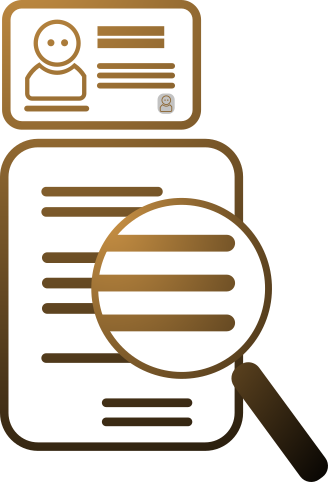
When you apply for a mortgage, you will typically need to provide a standard package of documents, which almost always includes:
- Your government-issued personal identification
- One month of recent pay stubs from any applicants who will be listed on the loan
- Letter of employment
- Your most recent two years’ worth of personal CRA tax filings and financials (if incorporated)
- Three months of bank account statements
- Your down payment (minimum 5%)
- Documentation to explain any unusual (generally non-payroll) large deposits or withdrawals
Step 6 - Your Pre-approval
To have the best success with your mortgage, it is recommended that you get pre-approved! This can be done through your Mortgage Professional to ensure that you get the best mortgage product FOR YOU, from the best rate to the best term agreement. Pre-approval helps verify your budget and allows your real estate agent to find the best home in your price range.
- Pre-approval guarantees the rate offered and locks it in for up to 120 days. This protects you from any increases in interest rates while you are shopping (phew!).
- Pre-approval lets the seller know that securing financing should not be an issue, which is beneficial in competitive markets!
Step 7 - You're Ready to Shop!
You made it!! Once you have your down payment and have qualified for a pre-approved mortgage (your credit score is in order and all documentation has been provided), you are ready to start searching for your perfect home. If you’re stuck, we would be happy to give you recommendations for a realtor, if you don’t have one already.
